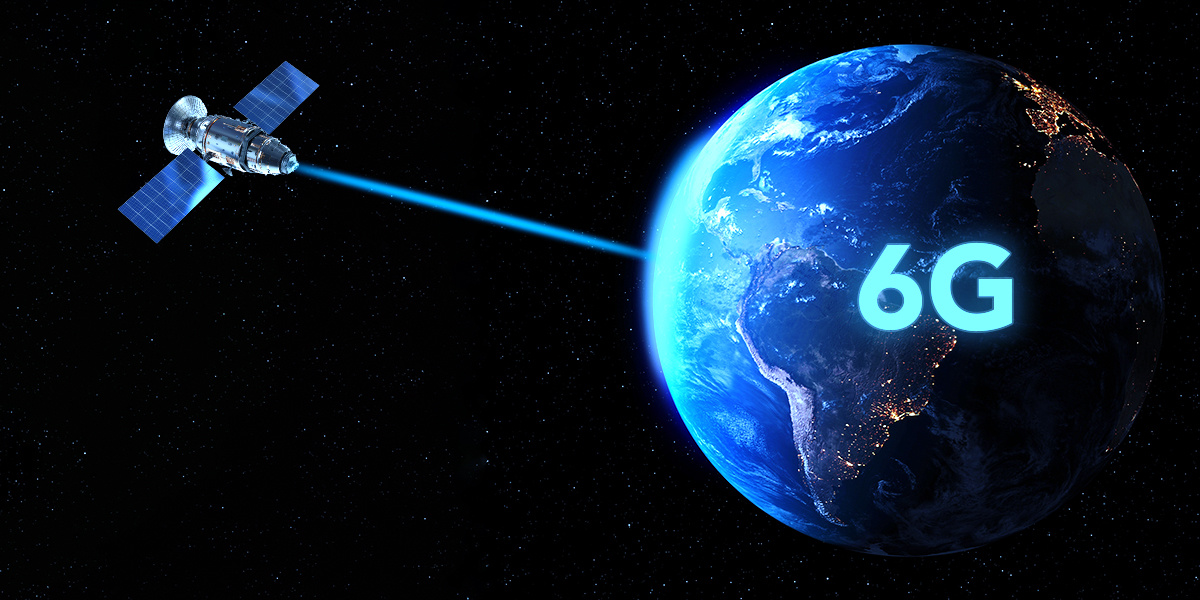Exec Talk by I-Kang Fu, Senior Director of Technology, MediaTek's Advanced Communication Technology Division
MediaTek believes that integrating satellite and terrestrial mobile networks in a single device will offer pervasive global connectivity. It will not only enable a new era of innovative digital services but also further democratize global connectivity, giving more people than ever before access to the internet. This is one of the fundamental components of our 6G vision.
Enabling satellite connectivity based on global, open standard technology can leverage the economies of scale from the existing global mobile cellular ecosystem, bringing satellite communication from a niche market to mainstream consumers and businesses in devices that can smoothly switch between satellite (NTN, or ‘Non-Terrestrial Network’) and mobile cellular networks to provide an always-connected experience from anywhere. For this reason, MediaTek developed its MT6825, the world’s first commercially available 5G IoT-NTN chipset for narrowband satellite communication applications. It can connect to Geosynchronous Equatorial Orbit (GEO) constellations, which can be integrated with 3GPP NTN compliant networks easily and are widely available now in orbit.
To continue its industry leadership in NTN connectivity, MediaTek has been actively developing NR-NTN, which will provide wideband connectivity via GEO and Low Earth Orbit (LEO) satellites, transforming the potential use cases and applications available to smartphones and similar cellular-based devices over FR1 spectrum. In the same manner as with the MT6825, MediaTek’s NR-NTN testchip also compliant with 3GPP standards.
At last year’s MWC 2024, MediaTek unveiled the world’s first NR-NTN device prototype with a Ku-band phased array antenna and Ephemeris-based beamforming to boost link budget. This groundbreaking technology accurately tracks and compensates for the movement of LEO satellites and ground devices, ensuring uninterrupted global data streaming with broadband speeds over Ku-band.
Ku-band is a portion of the electromagnetic spectrum in the microwave frequency range, typically covering frequencies from 12 to 18 GHz. It is widely used for satellite communications, and it also overlap with some potential 6G spectrum candidates categorized in cellular FR3. This may result in potential coexistence challenges between 6G and satellite communication systems. However, if NTN technology becomes a native part of the 6G specification it offers an ideal opportunity to realize a fully integrated and seamless satellite and mobile cellular network with well-coordinated, shared spectrum utilization. This will unlock pervasive global connectivity, which particularly benefits mobile cellular devices.
Alternatively, any proprietary NTN solution will suffer difficulty when marrying satellite and mobile cellular networks in each device, which will ultimately limit their future application and market reach in the 6G era.
At MWC 2025, MediaTek will unveil the next iteration of its NR-NTN technologies that embrace 3GPP standards and Ku-band connectivity, promoting a future that will soon seamlessly blend terrestrial and satellite technologies in a globally applicable cellular modem.









